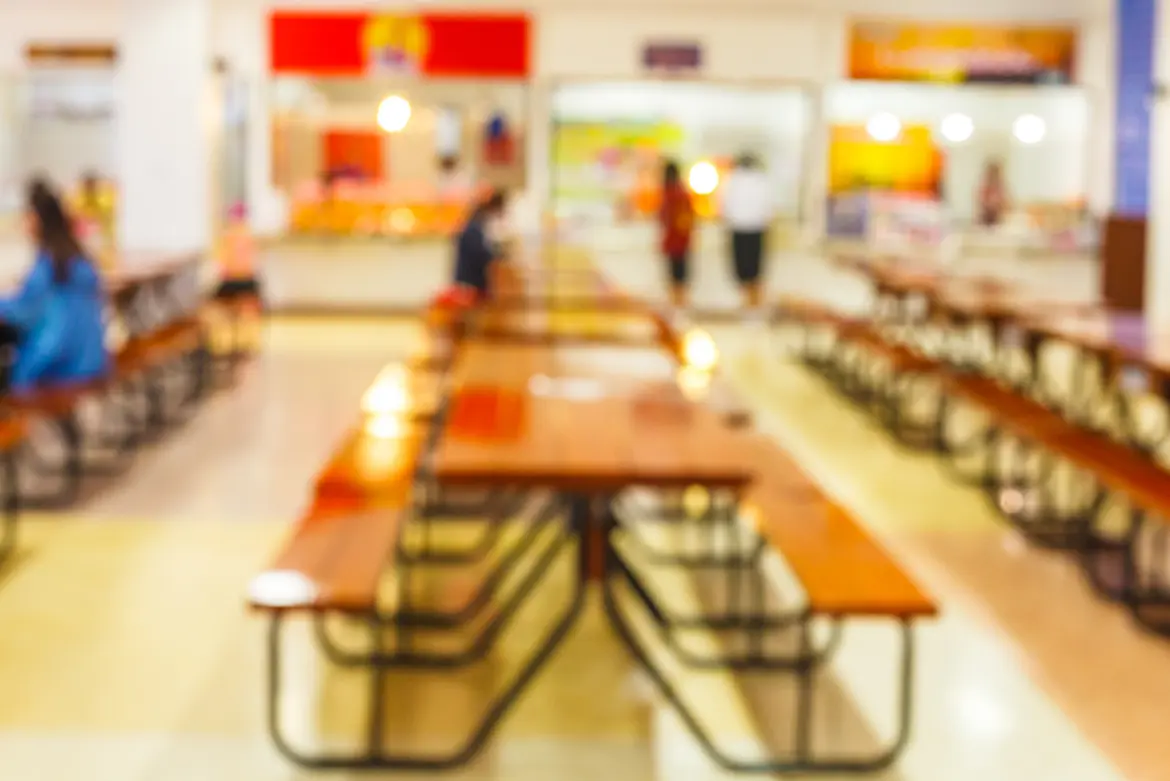Goh Mei Yan Natalie
Dietitian


Source: Shutterstock
Dietitian
Under the Healthy Meals in Schools Programme by the Health Promotion Board (HPB), the meals now served in school canteens are subject to strict guidelines ensuring that students are offered more wholesome meals.
If your children are studying in a local institution, chances are that their schools are part of the Healthy Meals in Schools Programme, under which vendors are expected to follow strict guidelines given by the HPB. Below, we list some of the guidelines given.
Upon request, serve only up to 2 dessert spoons of gravy/sauce.
Sell only drinks with less than 6g of sugar per 100ml. All drinks sweetened with intense sweeteners (eg. aspartame, sucralose) or sugar alcohol (eg. sorbitol, xylitol) are not to be sold.
These guidelines help to ensure that most students in Singapore are offered balanced meals with reduced fat, salt, and sugar.
These guidelines help to ensure that the majority of students in Singapore are offered balanced meals with reduced fat, salt, and sugar.
School canteens usually offer a wide variety of food. You can expect every canteen to have at least one rice stall, noodle stall, halal food stall and drink stall. Many schools also have international food stalls.
Some common selections include fried rice, noodle soup, nasi lemak, salad, and more.
To help ensure that food sold in canteens adhere to the HPB guidelines, the HPB organises culinary training for canteen vendors to equip them with the knowledge and skills to prepare healthier meals with better ingredients.
Some of the healthy food your children can choose are:
While the efforts of the HPB are certainly laudable, they do have their limitations. The school environment is only one part of the picture. If your children do not eat fruits and vegetables at home, it is unlikely that they will eat them at school.
Try asking them what they have for recess every day. Don't be surprised if they have been reaching out for less healthy food options on a regular basis. It is not at all uncommon to see students subsisting on food like muffins, chicken skewers and jelly drinks during recess.
Even if they do buy main meals, the provision of fruits and vegetables does not guarantee their consumption. More often than not, your children will have no qualms about skipping or picking them out and possibly throwing them away at the end of their meal. Healthy eating habits need to start from home.
Encourage your children to be adventurous with their food choices, and help them to distinguish between healthy and unhealthy food. It takes the joint effort of families and schools to raise a generation of healthy eaters.